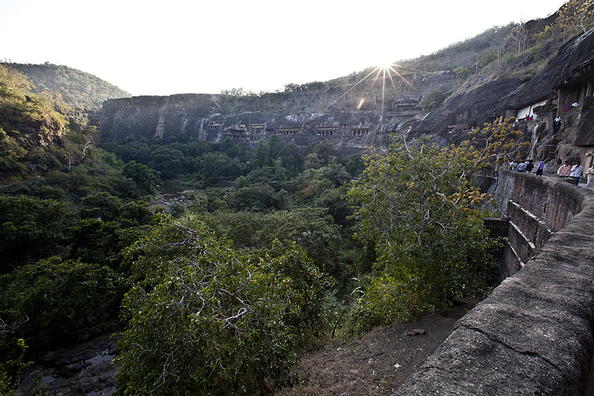- About Us
- Schemes
- Culture Scheme Dashboard
- Scheme of Financial Assistance for Promotion of Art and Culture
- Financial Assistance to Cultural Organizations with National Presence
- Cultural Function and Production Grant(CFPG)
- Financial Assistance for Preservation and Development of Cultural Heriatge of the Himalayas
- Financial Assistance for Development of Buddhist/Tibetan Arts and Culture
- Financial Assistance for Cultural Activities in Performing Arts for Building Grants Including Studio Theatres
- Financial Assistance for Allied Cultural Activities
- Financial Assistance for Promotion of Guru-Shishya Parampara (Repertory grant)
- National Mission on Libraries
- Financial Assistance for Construction of Tagore Cultural Complexes(TCC)
- Scheme of Financial Assistance under Seva Bhoj Yojna
- Scheme of Scholarship and Fellowship for Promotion of Art and Culture
- Museum Grant Scheme
- Scheme for Financial Assistance for Veteran Artists
- Scheme for Promotion of Culture of Science (SPOCS)
- Scheme for Safeguarding the Intangible Cultural Heritage
- Global Engagement Scheme
- Indian Conservation Fellowship Program (ICFP)
- Centenary and Anniversary Celebrations Scheme
- Mission
- ICR
- Commemorations
- CSL
- G20 CWG
- Contact Us
Ajanta Caves

Ajanta Caves
Maharashtra
The style of Ajanta has exerted a considerable influence in India and elsewhere, extending, in particular, to Java. With its two groups of monuments corresponding to two important moments in Indian history, the Ajanta cave ensemble bears exceptional testimony to the evolution of Indian art, as well as to the determining role of the Buddhist community, intellectual and religious foyers, schools and reception centres in the India of the Gupta and their immediate successors.
The caves are situated 100 km north-east of Ellora, 104 km from Aurangabad and 52 km from Jalgaon Railway Station. They are cut into the volcanic lava of the Deccan in the forest ravines of the Sahyadri Hills and are set in beautiful sylvan surroundings. These magnificent caves containing carvings that depict the life of Buddha, and their carvings and sculptures are considered to be the beginning of classical Indian art.
The 29 caves were excavated beginning around 200 BC, but they were abandoned in AD 650 in favour of Ellora. Five of the caves were temples and 24 were monasteries, thought to have been occupied by some 200 monks and artisans. The Ajanta Caves were gradually forgotten until their 'rediscovery' by a British tiger-hunting party in 1819.








